Table of content
Introduction
In the realm of traditional Chinese herbal remedies and culinary delights, the use of natural ingredients to create medicinal and therapeutic beverages has a long and rich history. Among these, the practice of soaking specific herbs in liquor to extract their essence and enhance their healing properties stands out prominently. One such example is the creation of Sanqi root wine, a beverage that combines the earthy aroma of aged liquor with the subtle, yet potent, flavors of the Sanqi (Panax notoginseng) root. This article delves into the intricate process of crafting Sanqi root wine, from selecting the finest ingredients to perfecting the brewing technique, offering a holistic understanding of this ancient yet timeless tradition.
Understanding Sanqi Root
Before diving into the methodology of making Sanqi root wine, it is crucial to understand the significance and properties of the Sanqi root itself. Sanqi, scientifically known as Panax notoginseng, is a perennial herb native to China, particularly prevalent in the Yunnan province. It has been revered in traditional Chinese medicine (TCM) for centuries due to its myriad health benefits, which include blood circulation enhancement, anti-inflammatory properties, and aid in wound healing. The root, specifically, is the part used medicinally, known for its distinctive red-brown hue and bitter taste.
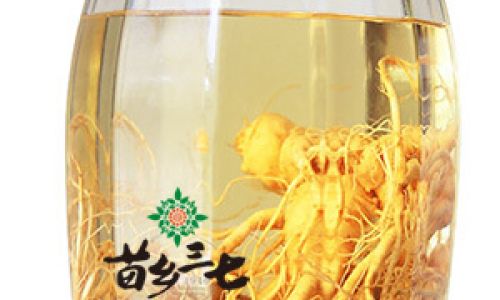
In TCM, Sanqi is classified as a ‘yang’ tonifying herb, meaning it helps to invigorate the body’s qi (energy) and blood. Its use spans from treating external injuries and internal bleeding to alleviating pain and promoting overall vitality. When combined with liquor, the active compounds in Sanqi are believed to be more readily absorbed by the body, making it an effective delivery system for its medicinal properties.
Choosing the Right Ingredients
Crafting Sanqi root wine begins with selecting the highest quality ingredients. Here are the essentials:
-
Sanqi Root: The cornerstone of this recipe, ensure you source fresh, authentic Sanqi roots. Ideally, they should be firm, with a smooth outer skin and a consistent red-brown color. Avoid roots that are moldy, cracked, or have an off-color.
-
Liquor: The choice of liquor is crucial as it acts as the solvent that extracts the active ingredients from the Sanqi root. High-quality grain-based liquor, such as Baijiu or a high-proof vodka, is recommended. Avoid liquors with strong artificial flavors or additives, as they can overpower the delicate taste of the Sanqi.
-
Additional Herbs (Optional): Depending on your desired outcome, you may wish to incorporate other herbs like red dates, goji berries, or ginseng for added nutritional benefits. These herbs can enhance the taste and medicinal properties of the final wine.
-
Containers: Glass jars or ceramic bottles are ideal for storing the brewing mixture. Avoid using metal containers, as the acidic components of the Sanqi might react with the metal, altering the taste and potentially causing harm.
Preparation and Brewing Process
Step 1: Preparation of Ingredients
-
Cleaning the Sanqi Root: Thoroughly wash the Sanqi roots under running water to remove any dirt or impurities. Pat them dry using a clean cloth.
-
Slicing the Roots: Cut the cleaned roots into thin slices. This step facilitates the extraction process by increasing the surface area exposed to the liquor.
-
Preparing Additional Herbs: If using additional herbs, clean and prepare them according to their specific requirements. For instance, red dates can be pitted and halved, while ginseng roots can be sliced thinly.
Step 2: Mixing the Ingredients
-
Layering: In a clean, sterile glass jar or ceramic bottle, begin by adding a layer of sliced Sanqi roots. Follow this with a layer of any additional herbs you’ve chosen. Repeat this layering process until all ingredients are used.
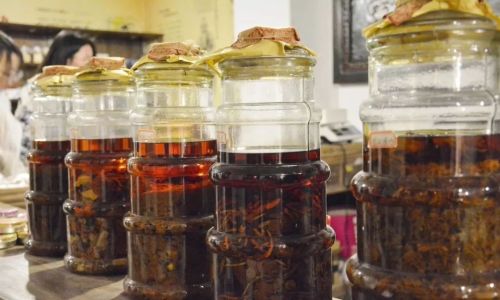
-
Pouring the Liquor: Slowly pour the chosen liquor over the layered ingredients, ensuring they are fully submerged. The liquor should cover the ingredients by at least an inch to prevent oxidation.
Step 3: Sealing and Storage
-
Sealing: Tightly seal the container using an airtight lid. This prevents evaporation and contamination.
-
Storage: Place the sealed container in a cool, dark place. Avoid exposure to direct sunlight and extreme temperatures, which can alter the chemical composition of the brewing mixture.
Step 4: Aging
-
Initial Fermentation: Allow the mixture to sit undisturbed for at least one month. During this period, the active compounds in the Sanqi root will begin to infuse into the liquor.
-
Shaking: Periodically, every week or so, gently shake the container to mix the ingredients and ensure even extraction.
-
Extended Aging: For a more refined and flavorful wine, consider aging the mixture for several months or even years. The longer it ages, the richer and more complex its flavor will become.
Step 5: Filtering and Bottling
-
Filtering: Once the desired aging period is reached, carefully strain the mixture through a fine sieve or cheesecloth to remove the solid ingredients. For a clearer wine, you may need to filter it multiple times or use a coffee filter for additional clarity.
-
Bottling: Pour the filtered wine into clean, sterile bottles. Seal them tightly and store in a cool, dark place.
Serving and Enjoying Sanqi Root Wine
Sanqi root wine can be enjoyed in various ways, depending on your preference and intended use. Here are a few suggestions:
-
As a Medicinal Beverage: Take a small sip daily to enjoy its health benefits. Its bitter-sweet taste can be paired with honey or a slice of lemon to enhance palatability.

-
Cooking Ingredient: Incorporate it into dishes like stir-fries or soups to add a unique flavor and nutritional boost.
-
Gift-Giving: Sanqi root wine is a thoughtful gift for loved ones, especially during festive occasions or when someone is recovering from illness.
Precautions and Considerations
While Sanqi root wine offers numerous health benefits, it is important to consume it responsibly and with caution:
-
Dosage: Start with small amounts to assess your body’s reaction. Excessive consumption may lead to adverse effects, such as stomach discomfort or bleeding disorders.
-
Contraindications: Pregnant women, individuals with bleeding disorders, and those taking blood-thinning medications should avoid consuming Sanqi root wine.
-
Quality Control: Always ensure the ingredients are fresh and sourced from reputable suppliers. Improper handling or storage can lead to contamination, reducing the efficacy and safety of the final product.
Conclusion
Crafting Sanqi root wine is not merely a culinary endeavor but a journey through the ancient wisdom of traditional Chinese medicine. By meticulously selecting ingredients, carefully following the brewing process, and respecting the aging period, one can create a beverage that is not only delicious but also imbued with the healing properties of the Sanqi root. Whether enjoyed as a daily health tonic or gifted to friends and family, Sanqi root wine stands as a testament to the harmonious blend of nature and tradition, offering a bridge between the past and present in the realm of wellness.
In the end, the art of making Sanqi root wine is as much about the destination as it is about the journey. Each step, from sourcing the ingredients to the final taste test, is a celebration of the intricate balance between nature’s bounty and human ingenuity. As you embark on this endeavor, remember to honor the traditions that have passed down this knowledge, and perhaps, you too will contribute to the ever-evolving story of Sanqi root wine.
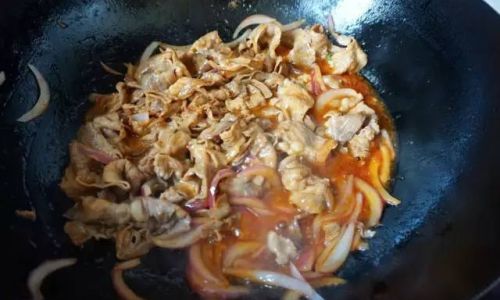
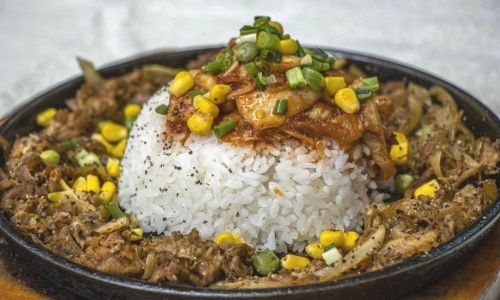

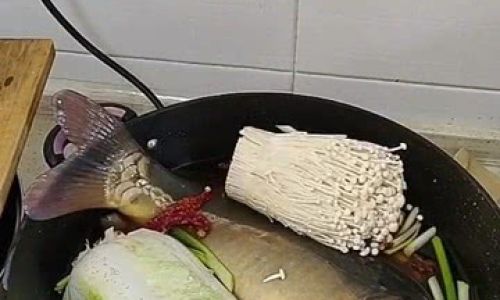

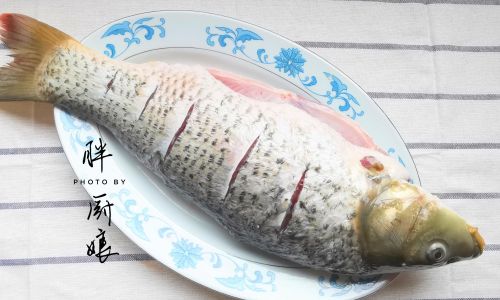
0 comments